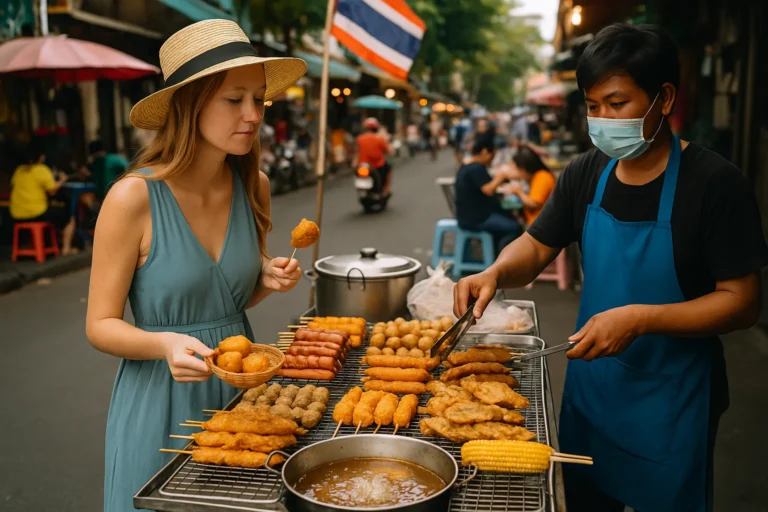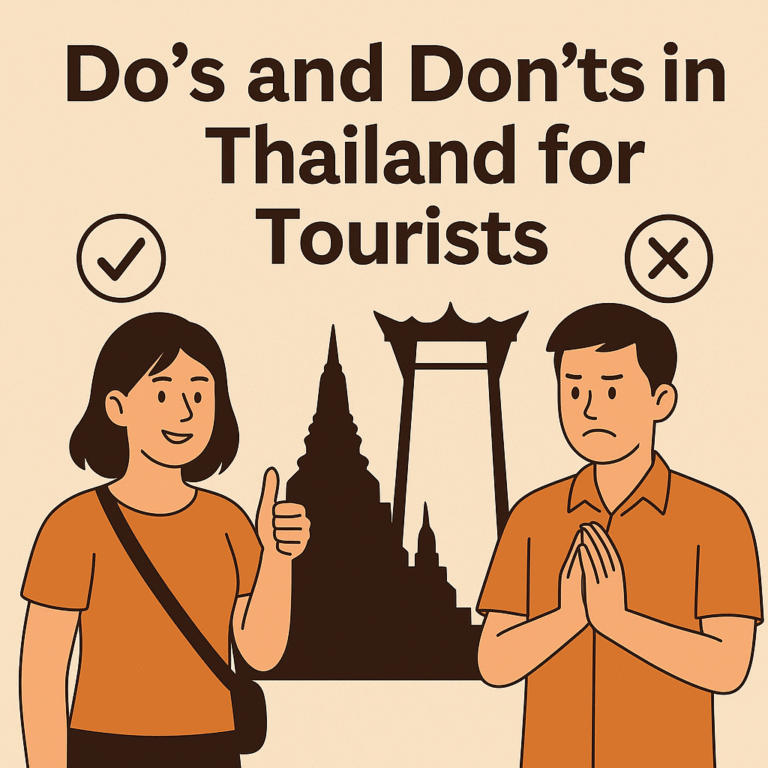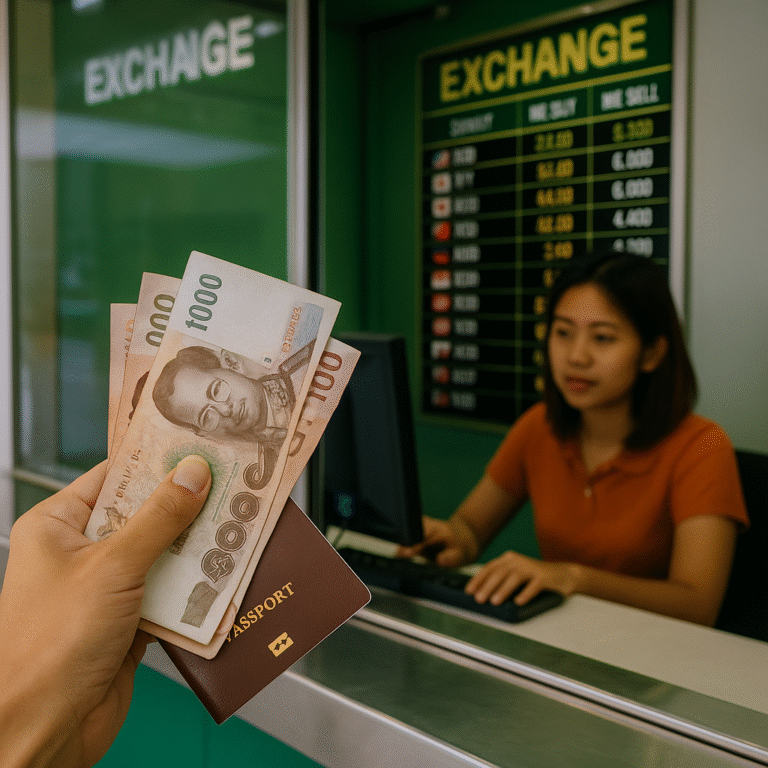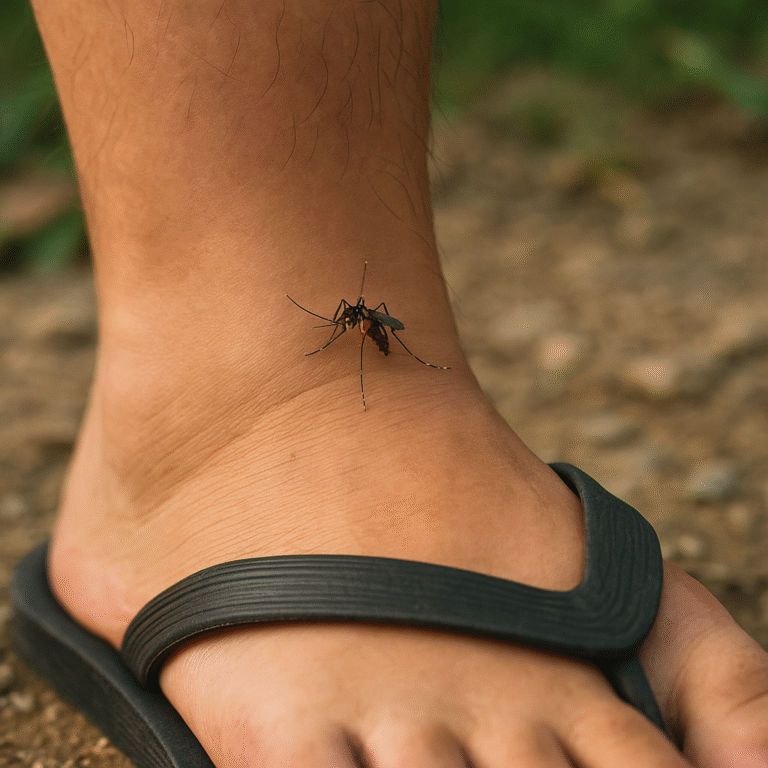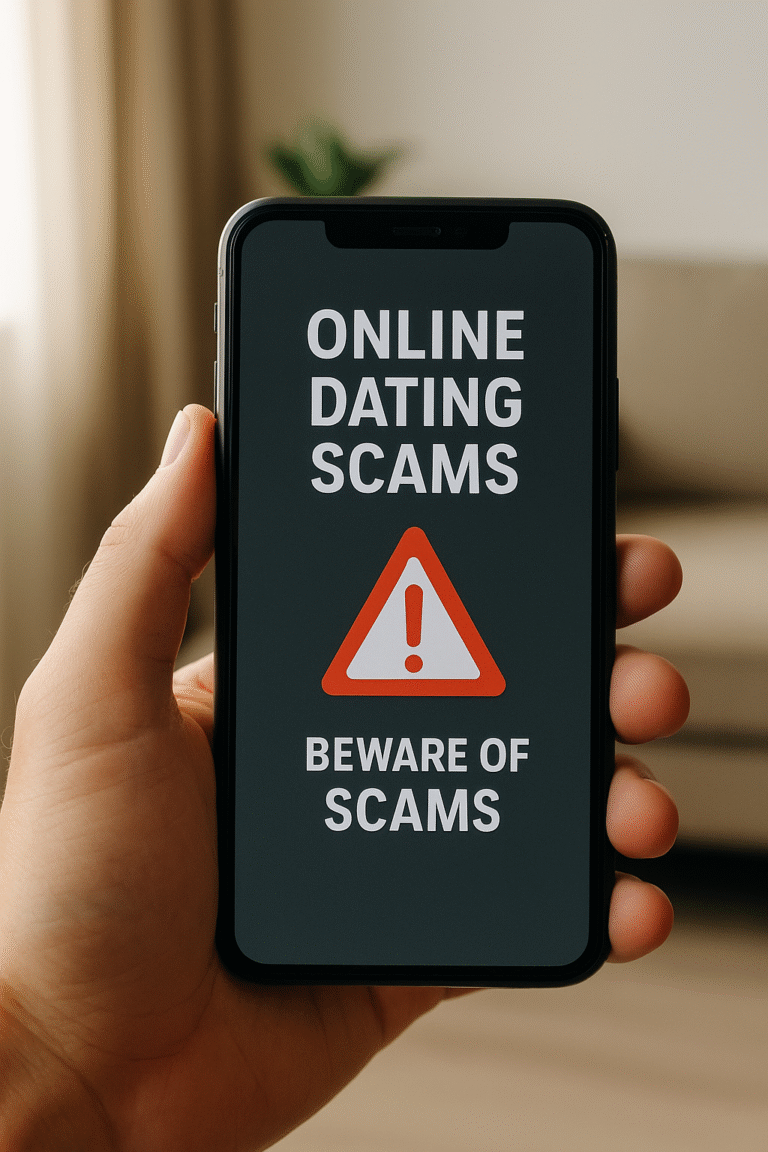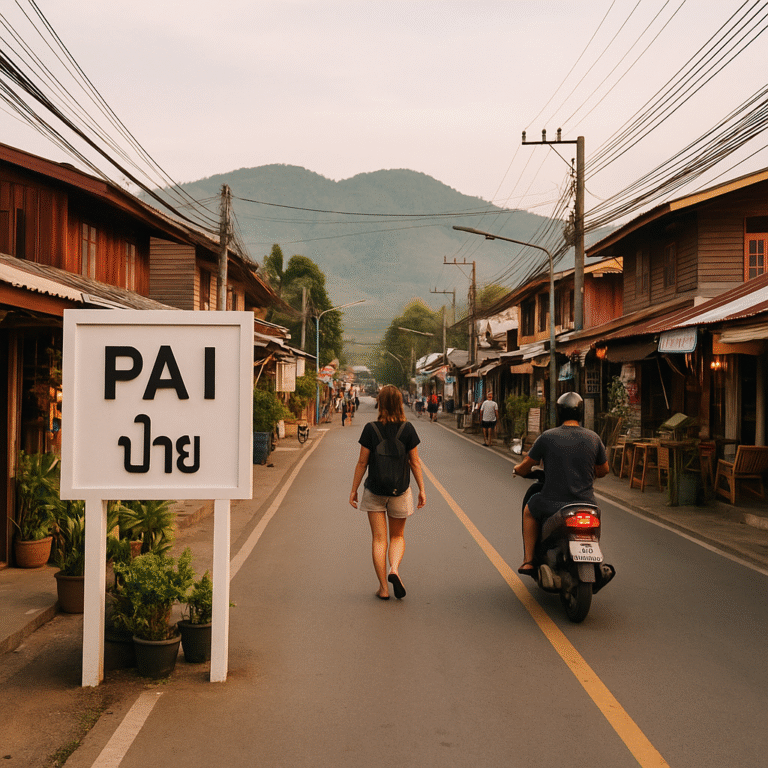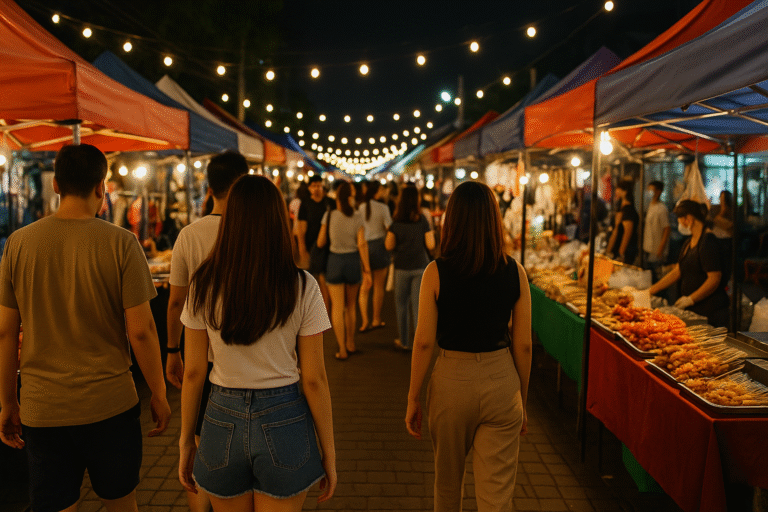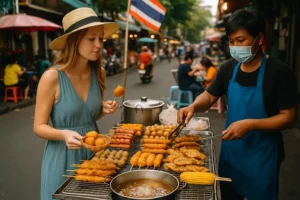
Street Food Safety in Thailand: Tips to Enjoy Local Eats Without Getting Sick
One of the best ways to experience Thai culture is through its vibrant street food scene. From sizzling skewers to spicy papaya salad, the local eats are delicious, cheap, and everywhere. But if you’re wondering whether street food is safe in Thailand, you’re not alone. While most travelers enjoy local food without any issues, it’s smart to follow a few safety tips so you can eat like a local—without getting sick.
Is Street Food in Thailand Safe?
Yes, street food in Thailand is generally safe—as long as you know what to look for. Millions of locals eat from food stalls daily, and many vendors have high hygiene standards. The key is to choose vendors with good food turnover, clean setups, and freshly cooked items.
Why You Should Try Street Food in Thailand
- Authentic flavor: Street food offers real, local Thai cuisine that’s often better than restaurants.
- Affordability: Meals can cost as little as 30–60 THB ($1–$2 USD).
- Convenience: Available nearly 24/7, especially in Bangkok, Chiang Mai, and major tourist areas.
- Endless variety: From grilled meat and noodles to fresh fruit and desserts—there’s always something new to try.
Top Tips to Stay Safe When Eating Thai Street Food
1. Look for Busy Stalls with Local Customers
High foot traffic means high food turnover, which reduces the risk of spoiled or reheated food. Locals know where the clean, tasty spots are—follow their lead.
2. Choose Vendors That Cook Fresh in Front of You
Avoid food that’s been sitting out. Grilled skewers, pad Thai, omelets, and stir-fried dishes made on the spot are usually safer. Bonus: You can watch how clean the preparation is.
3. Check for Clean Utensils and Surfaces
Is the vendor using gloves? Is food stored in clean containers? Is there a water bucket for washing hands or tools? These little things matter.
4. Avoid Ice in Drinks (Unless Filtered)
In cities like Bangkok and Chiang Mai, ice is usually made with filtered water and is safe. In rural areas, it’s best to avoid ice unless you’re sure it’s clean. Stick with sealed bottles for drinking water.
5. Be Cautious with Raw Food and Salads
Dishes like som tam (papaya salad) are popular, but they often contain raw ingredients and sauces that may not be refrigerated. Try them at busy stalls or restaurants, not roadside stands with no crowd.
6. Trust Your Senses
If the food smells off, looks old, or is swarming with flies—skip it. Your eyes and nose are your best food safety tools in Thailand.
7. Wash Your Hands or Carry Sanitizer
Street food is often eaten with your hands. Keep a small bottle of hand sanitizer or wipes with you, especially before meals.
8. Ease Into Spices
Thai food is famously spicy, and jumping into a super-hot curry or salad can upset your stomach—not from hygiene, but from sheer heat. Ask for “mai phet” (not spicy) if you’re unsure.
What to Do if You Get Sick
Even with precautions, mild stomach issues can happen. Here’s what to do:
- Stay hydrated: Use oral rehydration salts or electrolyte drinks like Pocari Sweat.
- Avoid dairy and alcohol while recovering.
- Visit a local pharmacy: Thai pharmacists are very helpful and often speak English.
- Seek medical help if symptoms last more than 2–3 days or involve fever or blood.
Bonus: Must-Try Street Foods That Are Usually Safe
- Pad Thai: Stir-fried noodles with shrimp or chicken, made fresh to order.
- Grilled Chicken Skewers (Gai Yang): Cooked thoroughly on hot coals.
- Mango Sticky Rice: A sweet, cooked dessert with no raw ingredients.
- Thai Omelet (Khai Jiao): Fried with hot oil and served over rice.
- Fresh-cut fruit: Buy from vendors who peel and cut it in front of you.
Conclusion: Be Smart, Eat Boldly
Trying Thai street food is a highlight of any trip to Thailand—but knowing how to do it safely will keep the memories positive. By choosing fresh, popular, and well-cooked items, you’ll minimize your risk and maximize your enjoyment. Remember, most travelers never get sick—especially when they follow simple tips like these.
Want more Thailand travel tips? Check out our guide on do’s and don’ts in Thailand for tourists and cost of living in Thailand for digital nomads.
Frequently Asked Questions (FAQ)
Is street food safe in Thailand for tourists?
Yes, street food in Thailand is generally safe for tourists, especially when purchased from busy stalls that cook food fresh. Stick to cooked items and avoid food that’s been sitting out.
What are the safest Thai street foods to eat?
Some of the safest options include pad Thai, grilled meats, mango sticky rice, Thai omelets, and fresh fruit that is peeled in front of you.
How do I avoid getting sick from street food in Thailand?
Choose clean, busy stalls. Avoid raw foods, drink bottled water, and wash your hands or use sanitizer before eating. Always observe how the food is handled and cooked.
Should I avoid ice in drinks in Thailand?
In major cities, ice is usually made with filtered water and is safe. However, in rural areas, it’s safer to avoid ice unless you’re sure it’s from a clean source.
What should I do if I get food poisoning in Thailand?
Stay hydrated, rest, and avoid dairy or alcohol. Visit a local pharmacy for over-the-counter medicine. If symptoms last over 2–3 days or involve fever, seek medical attention.


